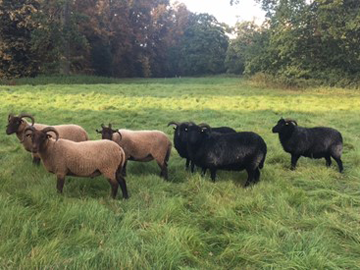Different types of grassed areas
Amenity grass areas
The majority of our residential highway verges and amenity greens are cut by mechanical means on a three-week cycle. By cutting at this frequency, we aim to keep the grass between 5cm and 20cm tall.
We do not collect cut grass on amenity areas.
Following a decision by Council, we have reinstated the controlled use of a chemical weed treatment in a targeted way to help limit unwanted growth in hard landscaped areas and deterioration to structures (such as around signs and benches). We are dedicated to maintaining public spaces, so we will ensure that all landscape maintenance treatments are applied carefully to minimise any impact on the surrounding ecosystem and wildlife.
Photo of a typical urban highway verge.
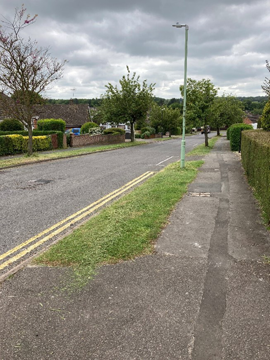
Bulbs and orchids in grass
We are fortunate to have colonies of orchids and areas across the district where daffodil bulbs have been planted. These areas are not cut until later in the season.
Photos of orchids in grass at Nowton Park.
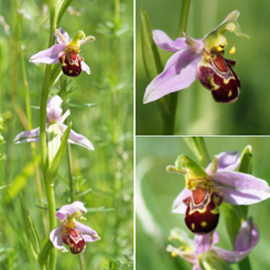
Playing pitches
We maintain 25 grass football pitches across the district. During the playing season, these pitches are cut fortnightly and marked.
In order to maintain the pitches in a playable state, they require various maintenance interventions throughout the year, including rolling, scarifying and aerating.
Photo of football pitch area at Hardwick Heath.
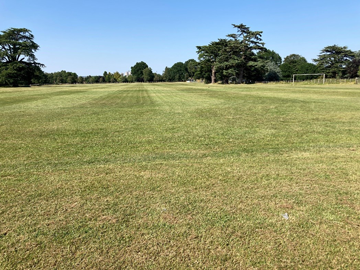
Cemetery and closed churchyard sites
Lawn grave areas in our cemetery sites are cut at two to three week intervals during the grass growing season.
We are responsible for a number of closed church yards across the district and aim to cut those areas around four times during the grass cutting season.
Photo of lawn grave areas at Bury St Edmunds Cemetery.
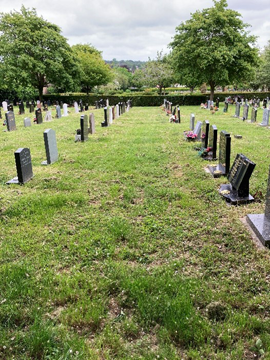
Meadow grass areas
Meadow style grass areas are cut once or twice a year subject to ground conditions and seasonal variations.
Photo of meadow grass area at Halesbarne Lane, Haverhill.
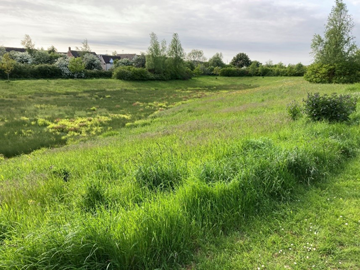
Grazed land
In certain areas we have deployed grazing animals to maintain a grass sward.
Photo of sheep grazing in Nowton Park.
